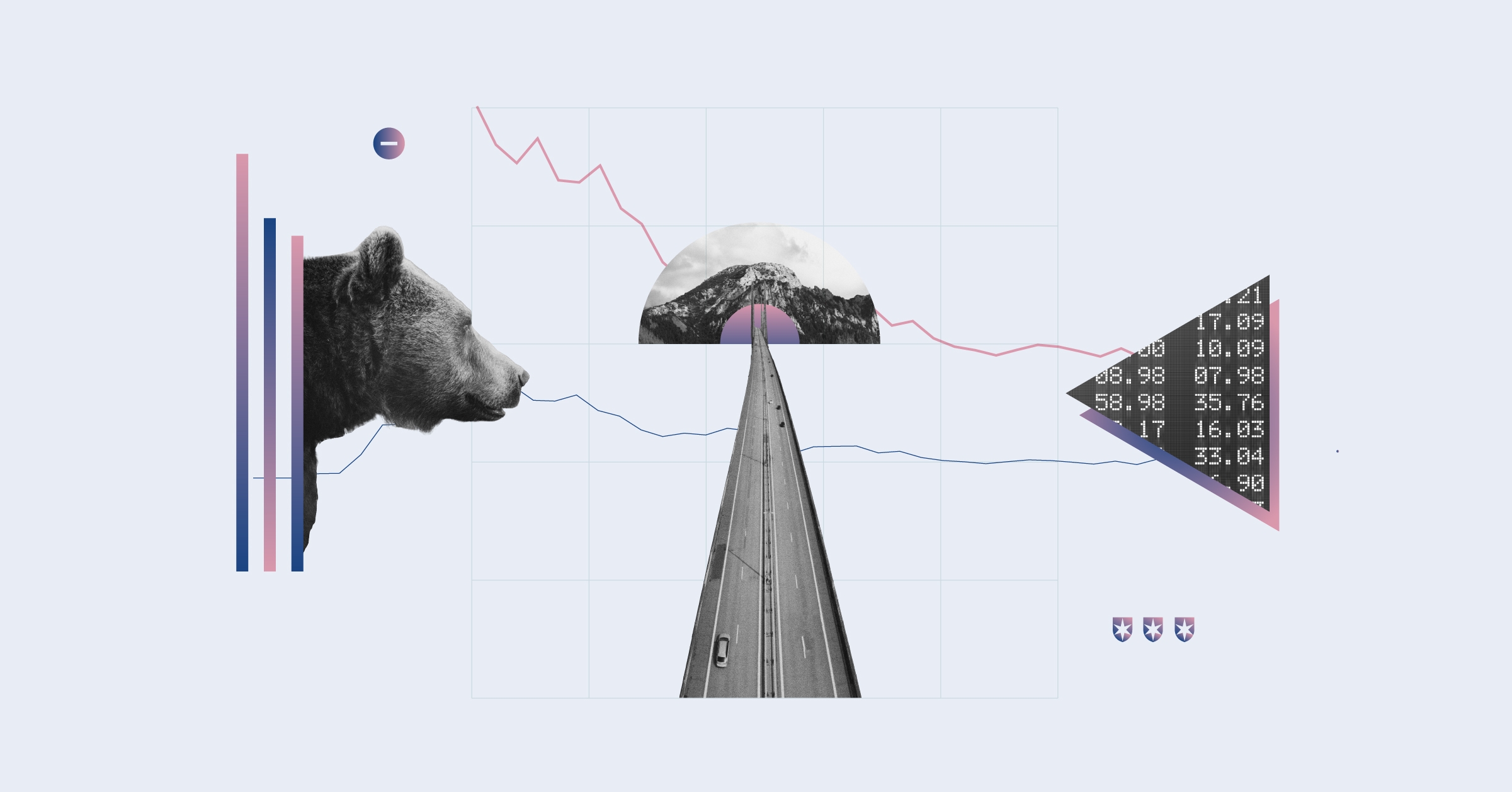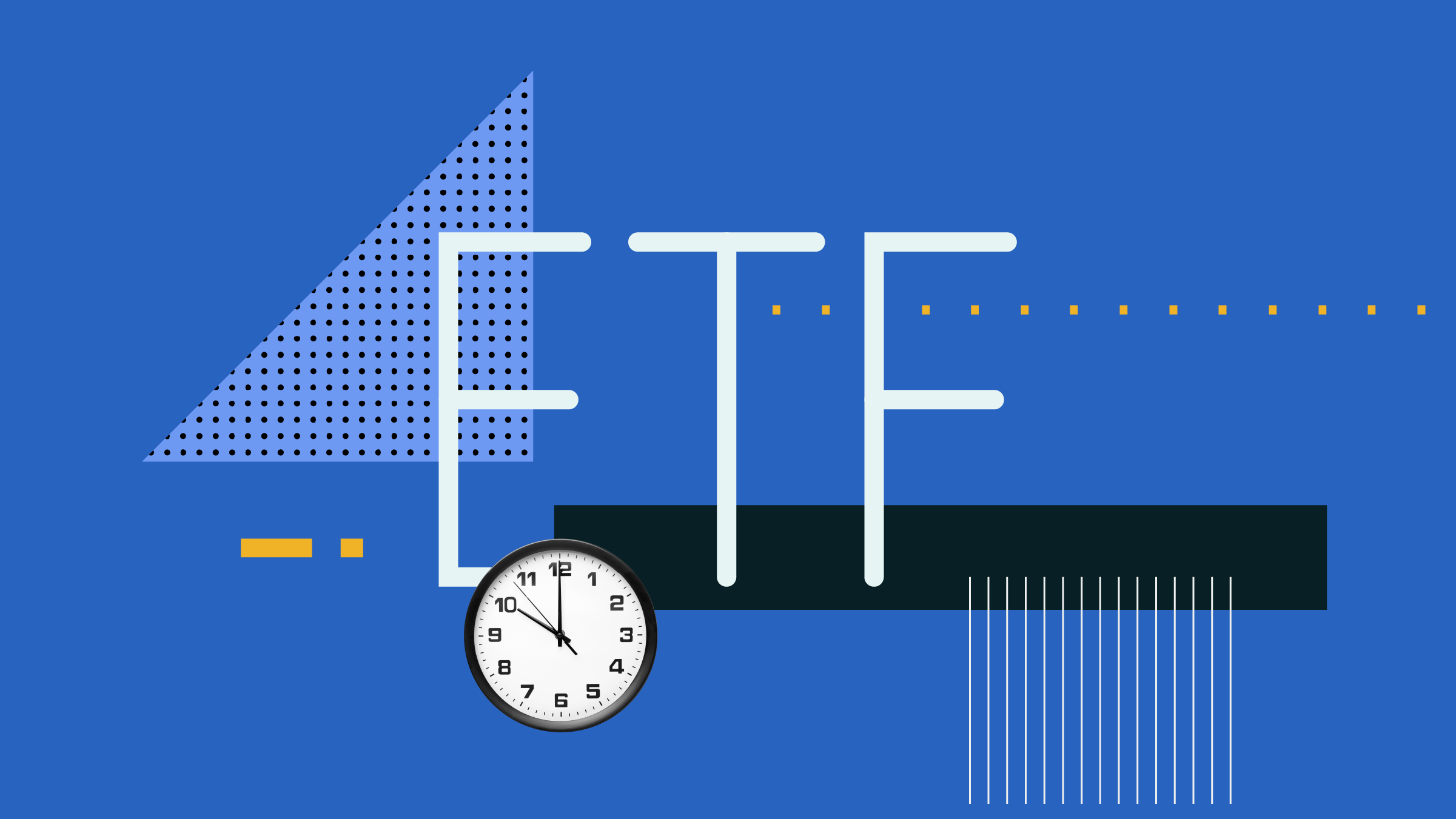
Are Great Canadian Interest-Rate Cuts Coming in 2024, or What?
Next Wednesday, the Bank of Canada will announce its decision on interest rates. The market is uncertain on this one, but don’t discount a cut coming soon.
“The good news is that monetary policy is working, and inflation has come a long way down. We’re not all the way back to target, and we know we need to finish the job,” said Bank of Canada senior deputy governor Carolyn Rogers in a speech before the Halifax Partnership last week. “But we have made a lot of progress. And so, it’s a good time to reflect on how the economy has changed in Canada and around the world and to think about what those changes mean for the future.”
Bank of Canada Changing Gears
Rogers’ words of encouragement come with some caution similar to Bank of Canada governor Tiff Macklem’s warnings before the last Canadian interest-rate decision about the lasting effects of inflation. But this time, the bank is shifting to a long-term focus on the economy. “When we look ahead, we see a future where inflation may be more of a threat than it has been over the past few decades,” said Rogers. “We’re turning our thoughts—as well as our speeches—to this future.”
Post-Pandemic Canadian Productivity Is a Problem
The war on inflation is still yet to be won after recent victorious battles to bring down prices, and the Bank of Canada is now focusing on what may be the biggest threat facing the Canadian economy when it comes to price stability: labour productivity.
“During the pandemic, the resourcefulness and ingenuity of Canadian business leaders was put to full use,” said Rogers. “Companies adjusted their business models and ways of working. Given how nimble companies were, we thought productivity would improve coming out of the pandemic as firms found their footing and workers trained back up. We’ve seen that happen in the US economy, but it hasn’t happened here.” Only last quarter did Canada eke out a small gain in productivity – after six straight quarters when productivity fell, noted Rogers, cautioning that, “An economy with low productivity can grow only so quickly before inflation sets in.”
Canada needs to improve the skills that workers bring to the job, remove disincentives to small business growth, and encourage competition to improve productivity and “inoculate” the economy against inflation, said Rogers. She adds, “When a business gives workers better tools and better training, those workers can produce more. That, in turn, means more revenue for the business, which allows it to absorb rising costs, including higher wages, without having to raise prices.”
Almost There on Canadian Inflation – ex-Energy
The Bank of Canada’s eye on improving Canada’s labour productivity in the long term may still leave investors uncertain about its actions around interest rates in the short term. Clues on the inflation front may, however, provide some clarity.
According to Statistics Canada’s Consumer Price Index for 2024, inflation is nearing the sweet spot around 2%. The Consumer Price Index rose 2.8% in February on a year-over-year basis, edging down from 2.9% in January, in part thanks to a steep drop in telecom service prices. Consumers who signed up for cellular or internet services in February now pay 26.5% and 16.4% less, respectively, compared with the same time last year. Deflationary developments are also happening in food with some small relief for Canadians shopping in the fresh fruit (down 2.6%) or seafood (down 1.3%) aisles.
Food prices are worth watching on the inflation front because they potentially have much farther to fall. “From February 2021 to February 2024, prices for food purchased from stores increased 21.6%,” reads the Statistics Canada report. Canadian grocery goers shouldn’t rush to fill shopping carts just yet, however, as StatsCan sees the recent food price developments as a slowdown rather than a discount: “While price growth for groceries has been slowing, prices continue to increase and remain elevated.”
With Canadian inflation trends positive, yet still murky, and policymakers taking a long-term focus, perhaps the situation in the U.S. can provide some insight.
Will the US Cut Interest Rates Before Canada?
“In 2024, we project inflation to return to normal levels, in line with the US Federal Reserve’s 2% target,” says Morningstar’s chief US economist Preston Caldwell, while cautioning that the U.S., like Canada, isn’t out of the woods yet. “If inflation proves stickier than expected, the Fed stands ready to do whatever’s necessary—including inducing a recession—to bring inflation down to 2%,” he says. “But our base case is a soft landing, with inflation returning to normal despite only a modest and temporary deceleration in gross domestic product growth.”
Caldwell expects the first U.S. interest-rate cut to come in June 2024 and that the Fed will continue cutting through the end of 2025, ultimately bringing the federal-funds rate down by over 3%.
Bank of Canada Interest-Rate Probabilities
Looking ahead, we can also use tools to gauge market sentiment around Canadian interest rates. One way to do that is by looking at assets often seen as hedges to higher interest rates. When interest rates rise, investors may seek out the relative stability of a guaranteed financial contract.
Watching the prices of common short-term investments known as “bankers’ acceptances,” where banks guarantee payment, is one way to gauge market sentiment around interest rates. In Canada, “BAX” contracts (which track the value of bankers' acceptances) trade on the Montreal Exchange and are used to produce implied short-term interest-rate movements and probabilities for Canada.
BAX prices can be volatile, as economic forecasts change frequently, but as of April 2, the metric suggests Canada is still headed for a steady decline in rates, which may reflect continued expectations of a soft landing for the Canadian economy. Specifically, the prices suggest there is:
- a 56% chance of a 0.25% drop in interest rates in Canada by June 2024,
- a 56% chance of a 0.50% drop by September 2024,
- a 64% chance of a 0.75% drop by December 2024, and
- a 74% chance of a 1.25% drop by September 2025.
Compared with our last interest-rate outlook based on BAX prices, Canada interest-rate cuts appear further delayed by a few months but are still following a steady downward trend. Also, the U.S. appears to have similar outlook for June of this year according to the CME FedWatch tool, with a 56.3% probability of a 0.25% interest-rate cut in the coming months.
What Should Canadian Investors Do?
Should you adjust your portfolio for the latest Canadian interest-rate outlook? "At the risk of sounding like a broken record, investors are reminded to keep a laser-sharp focus on their financial goals by ensuring their overall asset allocation (mix between stocks and bonds) is in line with the amount of volatility required to achieve those goals,” reminds Morningstar Canada's director of investment research, Ian Tam. "Investing is a trade-off between risk and reward, which at the best of times is unintuitive to most and clouded further by short-term economic or financial news. This said, there's never a bad time to revisit holdings and ensure they still make sense in the context of your financial plan, and to rebalance if necessary."






:quality(80)/cloudfront-us-east-1.images.arcpublishing.com/morningstar/M6SJ4Q7QEVDSVHXNUF4JGLIDLI.png)

.jpg)











